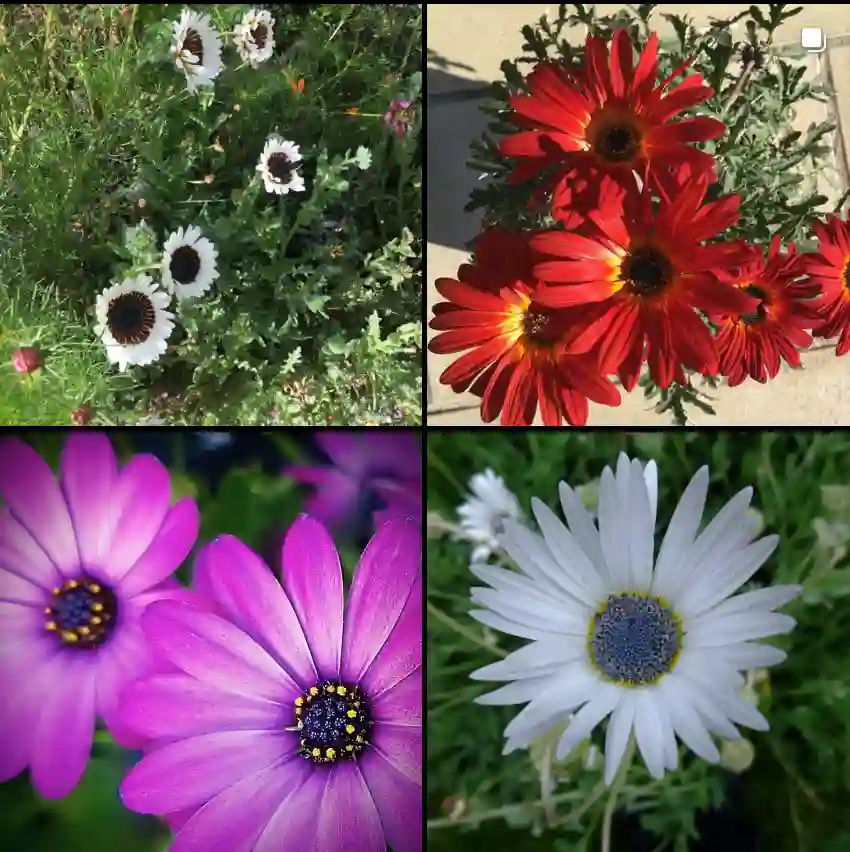A Solitary Giant: The Bismarckia Nobilis
The world is replete with extraordinary flora, each species a testament to nature’s boundless creativity. Among these botanical wonders, the Bismarckia Nobilis belong to the Bismarckia genus of Arecaceae family, stands tall, commanding attention with its majestic presence.
A Glimpse into the Past
Native to the arid landscapes of Madagascar, the Bismarckia Nobilis has evolved over millennia to thrive in harsh conditions. Its unique adaptations, honed by the unforgiving environment, have allowed it to survive and prosper. The palm’s thick, waxy leaves, for instance, minimize water loss through transpiration, a crucial adaptation in a region where water is scarce. Additionally, its extensive root system enables it to tap into deep groundwater sources, ensuring its survival during prolonged dry spells.
A Majestic Presence
The Bismarckia Nobilis is a sight to behold. Its towering trunk, often reaching heights of 60 feet or more, is adorned with a crown of large, fan-shaped leaves. These leaves, which can span up to 10 feet in diameter, are a stunning shade of blue-green, adding a touch of elegance to any landscape. The palm’s distinctive silhouette, with its broad, rounded crown, makes it a striking focal point in any garden or park.
A Cultural Icon
Beyond its aesthetic appeal, the Bismarckia Nobilis holds significant cultural importance in Madagascar. It is often referred to as the “fan palm” or the “royal palm,” and it is revered by the Malagasy people as a symbol of strength, resilience, and beauty. The palm’s striking appearance has inspired artists and craftsmen for centuries, and it is frequently depicted in traditional Malagasy art and textiles.
A Threatened Legacy
Despite its resilience, the Bismarckia Nobilis is facing increasing threats due to habitat loss, overharvesting, and climate change. As a result, the species is now classified as vulnerable by the International Union for Conservation of Nature (IUCN). To protect this iconic palm, conservation efforts are underway to establish protected areas, promote sustainable harvesting practices, and raise awareness about the importance of preserving this unique species.
A Personal Connection
My fascination with the Bismarckia Nobilis began several years ago when I first encountered one at a botanical garden. I was immediately captivated by its majestic beauty and unique characteristics. Since then, I have made it a point to learn as much as I can about this remarkable palm. I have also had the privilege of visiting Madagascar and witnessing the Bismarckia Nobilis in its natural habitat. It was an unforgettable experience to see these magnificent palms growing wild in the arid landscapes of the island.
A Call to Action
As a plant enthusiast, I believe it is our responsibility to protect and preserve the world’s biodiversity, including the Bismarckia Nobilis. By supporting conservation efforts, educating others about the importance of plant conservation, and making sustainable choices in our daily lives, we can help ensure that future generations will be able to appreciate the beauty and wonder of this extraordinary palm.
The Bismarckia Nobilis, a solitary species within the genus Bismarckia, is a true botanical marvel. Its striking appearance, resilience, and cultural significance make it a treasured plant. As we face the challenges of climate change and habitat loss, it is imperative that we take action to protect this iconic palm and ensure its survival for generations to come.
Additional Insights:
- Cultivation: While the Bismarckia Nobilis is a challenging plant to cultivate, it can be grown in warm, arid climates with well-drained soil. It is important to provide the palm with ample sunlight and to avoid overwatering.
- Propagation: The Bismarckia Nobilis can be propagated by seed. However, germination can be slow and unpredictable.
- Pests and Diseases: The Bismarckia Nobilis is relatively resistant to pests and diseases. However, it can be susceptible to fungal infections in humid conditions.
By understanding the unique characteristics and needs of the Bismarckia Nobilis, we can appreciate its beauty and take steps to protect it for future generations.
If i die, water my plants!



